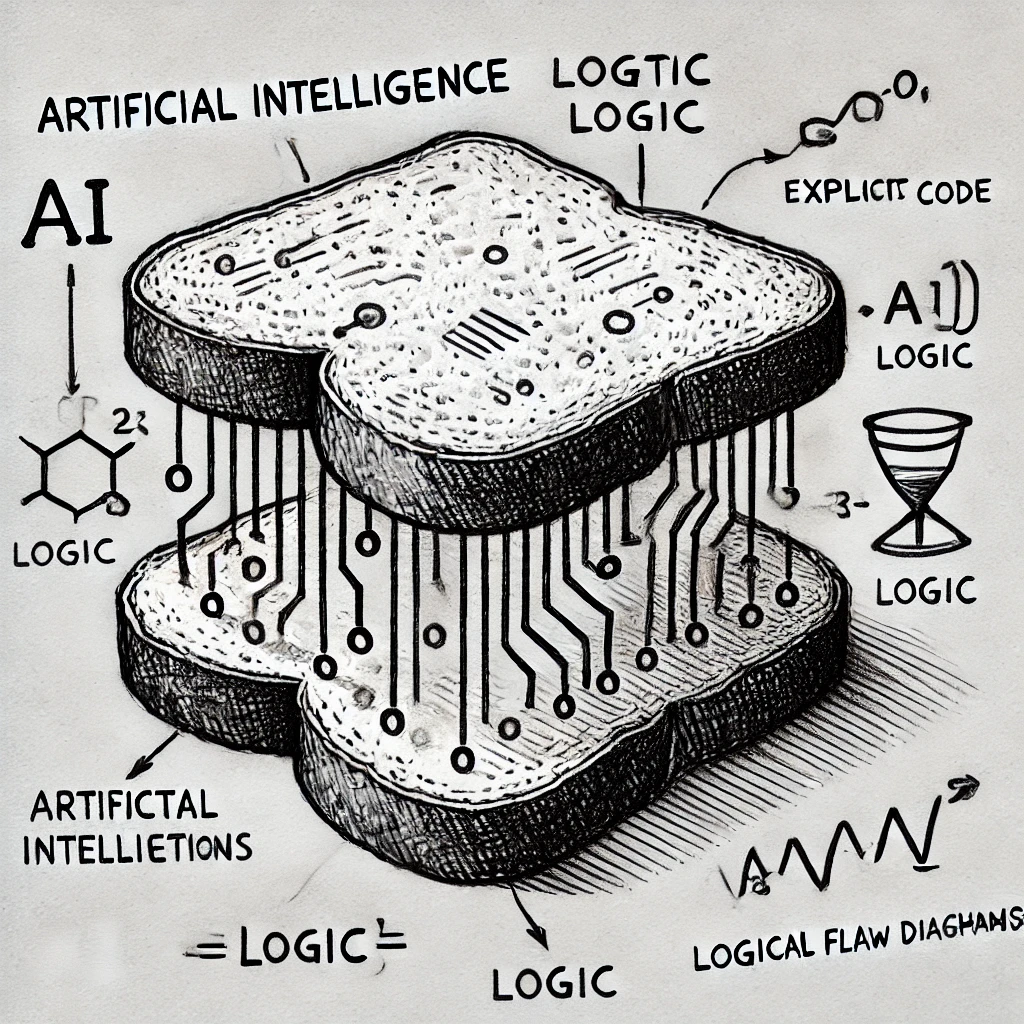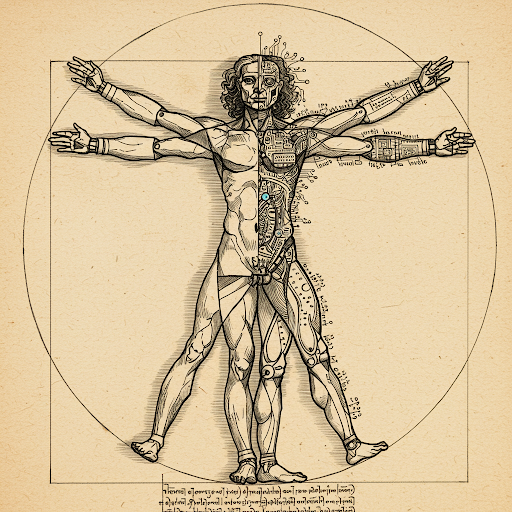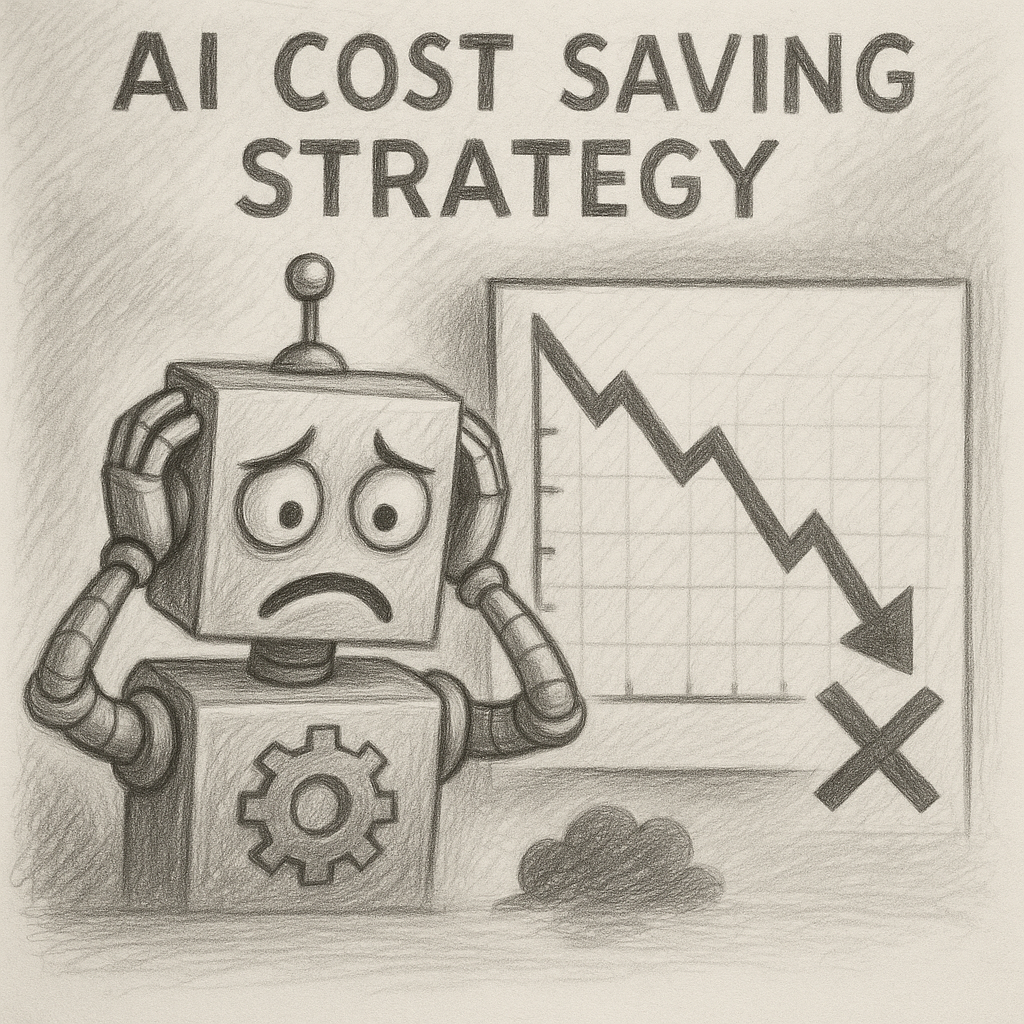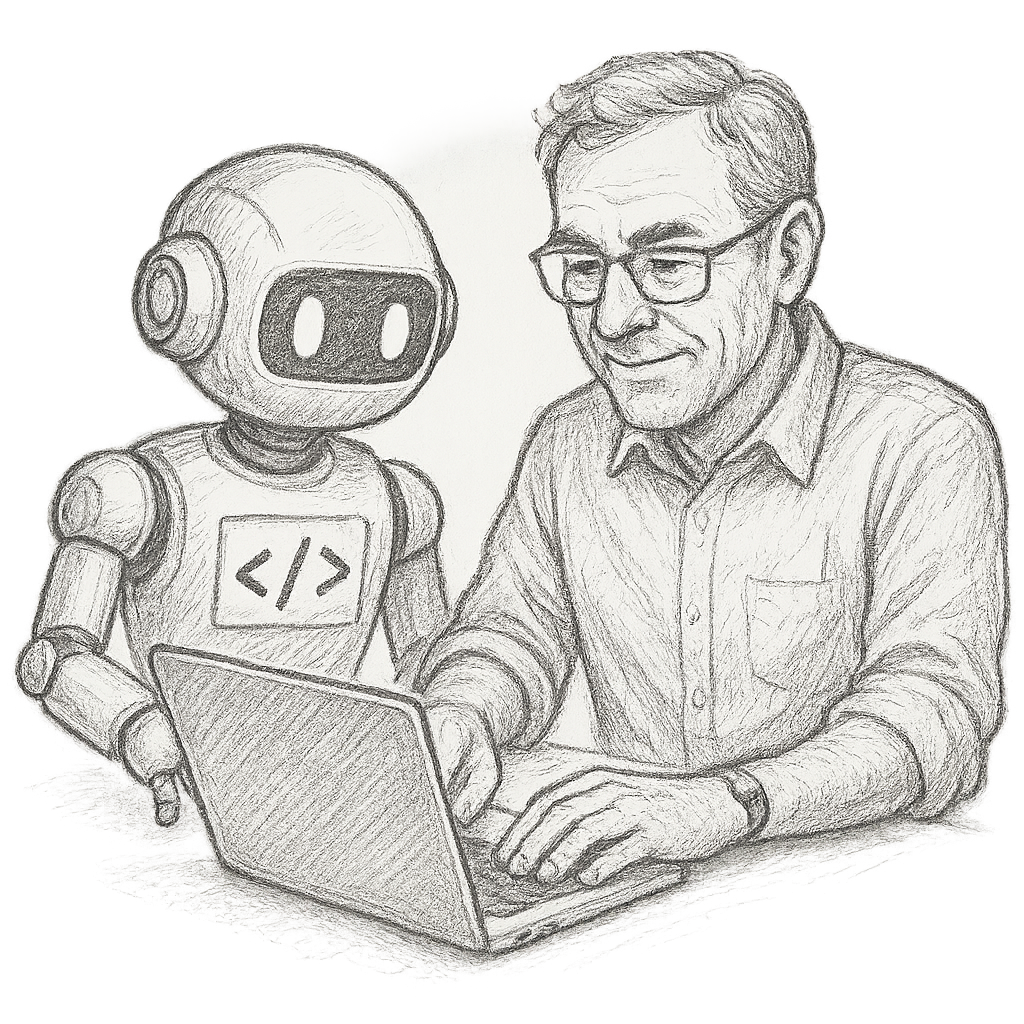

5/21/2022
The relationship between traditional sciences and modern artificial intelligence represents two distinct approaches to understanding our world. In traditional sciences, researchers have long attempted to apply the laws of celestial physics to other fields, attracted by their comprehensible, predictable, and verifiable nature. However, the world’s complexity and our inability to measure all influencing factors means these mathematical models rarely achieve perfect accuracy.
This limitation led to the development of statistics, which attempts to derive meaningful insights by aggregating multiple events. While statistical approaches remain predictable and verifiable, they can often seem counterintuitive. Statistics emerged from our recognition that analyzing many real-world problems at an atomic level simply isn’t feasible.
Neural computation takes a fundamentally different approach. Scientists observed that the brain excels at making decisions at an atomic level, even in highly complex environments. Rather than trying to understand the world through high-level mathematical models, neural networks learn by aggregating patterns from countless individual observations, continuously optimizing their internal models based on the data they encounter. Instead of acting as architects trying to decode the universe, they simply aim to replicate the observable consequences of the world at an atomic level.
This bottom-up approach has proven remarkably successful, often outperforming traditional scientific methods in certain domains by combining numerous “atomic simulations” to approximate real-world phenomena. However, this paradigm shift has created challenges for those deeply rooted in traditional scientific thinking, as it requires embracing a fundamentally different philosophical approach.
Looking forward, we’re likely to see these two approaches converge. Patterns and insights discovered through traditional scientific methods will increasingly inform and enhance artificial intelligence’s atomic-level understanding, while AI’s bottom-up discoveries will influence traditional scientific thinking. This synthesis of approaches promises to advance our understanding of the world in exciting new ways.
3/27/2025
Exploring the intersection of AI, logic, and software design, this blog post examines how explicit knowledge and structured approaches can be leveraged in the AI revolution.

5/8/2025
Examining how AI is reviving the polymath ideal, this post explores how large language models are transforming expertise and education by making multidisciplinary knowledge more accessible than ever before.

5/10/2025
Exploring how design and taste will become the most crucial skills in an AI-dominated future where technical capabilities are increasingly automated and commoditized.

5/14/2025
Exploring why AI implementations focused solely on cost-cutting provide only temporary advantages, while innovation-focused strategies create lasting value.

5/20/2025
Exploring how AI coding assistants are transforming software development workflows and the best practices for adapting to this new paradigm.
